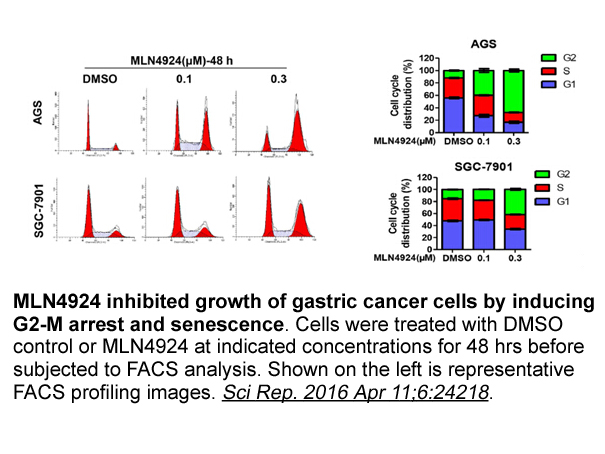Archives
In clinical studies BA has
In clinical studies, BA has been reported to promote dose-dependent LDL-C lowering effects of up to 30% as monotherapy, and up to an additional 24% when added in combination with stable statin therapy, or approximately 50% when combined with ezetimibe 109, 110, 111, 112. These effects were accompanied by proportional reductions in several plasma biomarkers associated with ASCVD risk such as total cholesterol, non-HDL-C, plasma apoB, and LDL particle number, as well as hsCRP 109, 113. However, in Adox to rodents 52, 106, BA has not demonstrated a consistent effect on plasma triglycerides. As discussed earlier, this may be potentially due to the low rates of (hepatic) lipogenesis in normoinsulinemic humans compared to rodents; therefore, whether BA reduces plasma triglycerides in insulin-resistant patients should be specifically investigated. A post hoc exploratory analysis in a subset of patients with elevated fasting insulin (≥12μ/IU/mL) showed that at specific doses (40 and 80mg), BA significantly lowered fasting plasma insulin versus placebo (−5.8±1.8, p=0.005)  [113]. It is notable that BA also reduced plasma triglycerides at these doses [113]. Thus, further studies on the potential effects of BA on triglycerides and other metabolic endpoints associated with NASH in obese insulin-resistant patients seem adequately justified. Furthermore, given that the ACSVL1 is nearly exclusively expressed in the liver, the formation of the active BA CoA conjugate and subsequent ACL inhibition also appear to be restricted to the liver 52, 114. Therefore, the absence of BA activity in peripheral tissues – including skeletal muscle and adipose – might be able to provide a mechanistic basis for an improved safety profile compared to statins. Indeed, the initiation of the Cholesterol Lowering via BEmpedoic Acid, an ACL-inhibiting Regimen (CLEAR) Outcomes study may further elucidate whether BA-induced inhibition of ACL can reduce ASCVD risk in humans with a favorable safety profile.
[113]. It is notable that BA also reduced plasma triglycerides at these doses [113]. Thus, further studies on the potential effects of BA on triglycerides and other metabolic endpoints associated with NASH in obese insulin-resistant patients seem adequately justified. Furthermore, given that the ACSVL1 is nearly exclusively expressed in the liver, the formation of the active BA CoA conjugate and subsequent ACL inhibition also appear to be restricted to the liver 52, 114. Therefore, the absence of BA activity in peripheral tissues – including skeletal muscle and adipose – might be able to provide a mechanistic basis for an improved safety profile compared to statins. Indeed, the initiation of the Cholesterol Lowering via BEmpedoic Acid, an ACL-inhibiting Regimen (CLEAR) Outcomes study may further elucidate whether BA-induced inhibition of ACL can reduce ASCVD risk in humans with a favorable safety profile.
Concluding Remarks
Cells utilize acetyl-CoA levels to integrate nutrient status with energy levels to ensure the proper funneling of substrate toward energy production or storage. However, upon chronic metabolic insult, this sensing mechanism becomes uncoupled and can lead to discordances among cellular energy status, nutrient catabolism, and lipid biosynthesis, which can manifest as risk factors for life-threatening diseases such as ASCVD, T2D, and NAFLD. ACL is the primary source of nucleocytosolic acetyl-CoA, and is thus a critical enzyme for integrating nutrient status with energy availability, and under conditions of high carbohydrate availability dictates the synthesis of cholesterol and fatty acids. Moreover, ACL-dependent nucleocytosolic acetyl-CoA production has been implicated in metabolic reprograming in response to changing nutrient availability via histone acetylation. However, many questions regarding the role of nucleocytosolic acetyl-CoA in health and disease remain; in addition, whether ACL activity directly impacts mitochondrial function and inflammatory pathways via modulation of histone and non-histone protein acetylation remains unanswered. Preclinical evidence suggests that pharmacological suppression of ACL promotes LDLR activity and LDL uptake, as well as a variety of other beneficial effects on lipid and glucose metabolism in models of hyperlipidemia, atherosclerosis, and NAFLD. The importance of ACL in humans is strongly supported by Mendelian randomization studies showing that LDL-C lowering SNPs in the ACL gene are associated with reduced ASCVD risk. Moreover, recent advances have focused on ACL inhibition – particularly via BA – to lower plasma LDL-C levels. BA, currently in late stages of clinical development, has provided the first evidence in humans that pharmacological suppression of ACL can reduce plasma LDL-C levels, and decrease other biomarkers associated with ASCVD [113]. Furthermore, evidence suggests that ACL inhibition in patients with hepatic insulin resistance may also promote additional benefits on lipid and lipoprotein metabolism associated with metabolic syndrome and NAFLD [113]. Many questions remain, including the issue of whether hepatic ACSS2 compensates for ACL blockade and impacts therapeutic responses in some patients (see Outstanding Questions and Box 4). Nevertheless, recent advances strongly support continued investigation into the molecular mechanisms linking ACL to the onset and progression of ASCVD and associated metabolic disorders. Over the next several years, investigations on the effects of BA in several clinical studies may reveal the therapeutic utility of ACL inhibition as a strategy for reducing cardiovascular disease risk and potentially improving other diseases of metabolic origin, such as NAFLD.